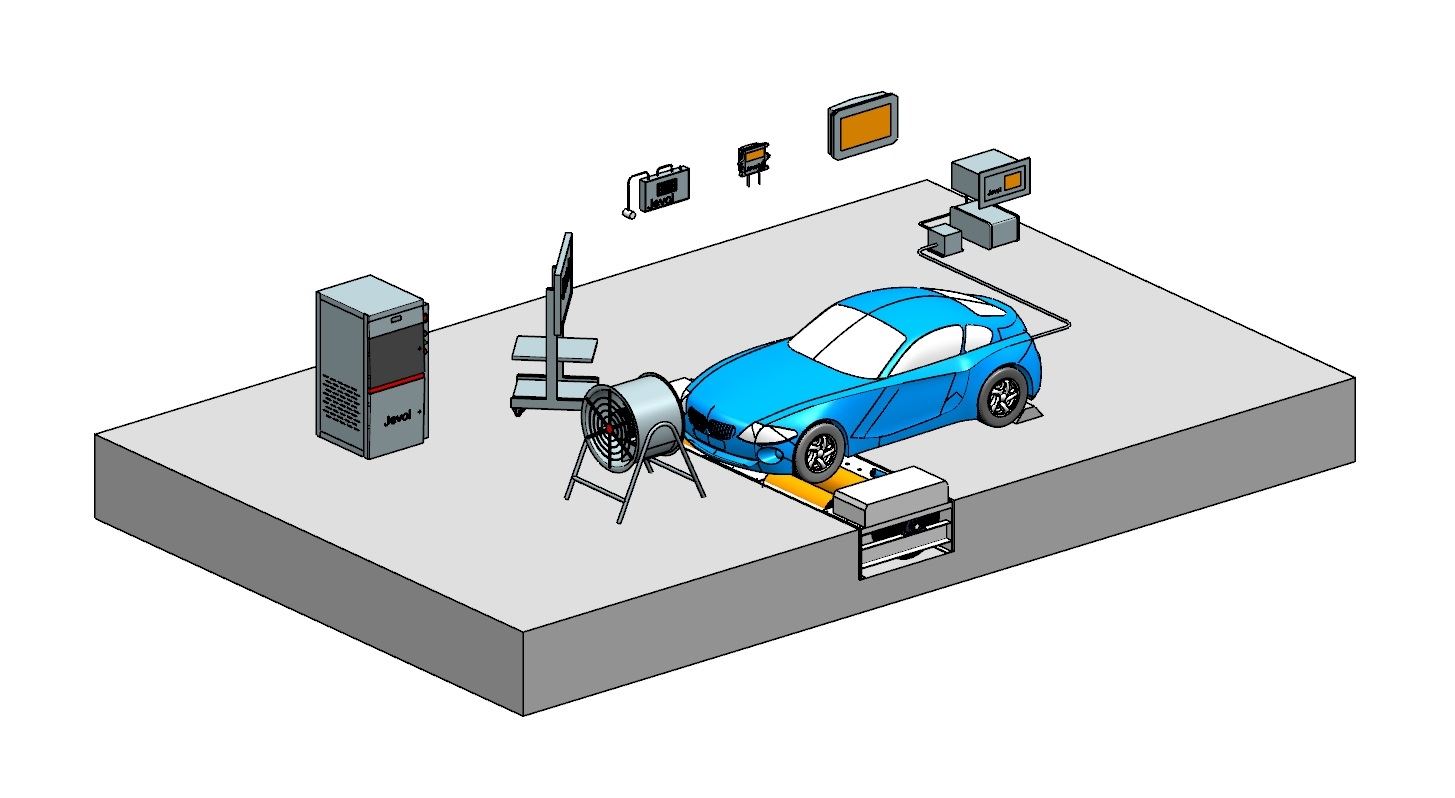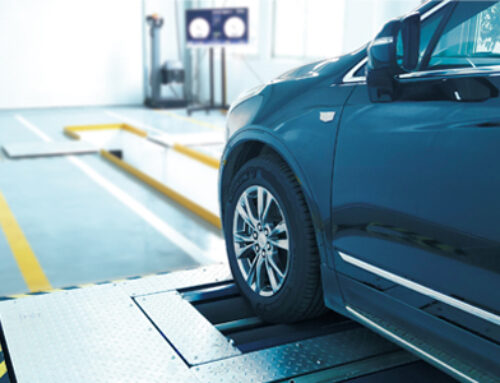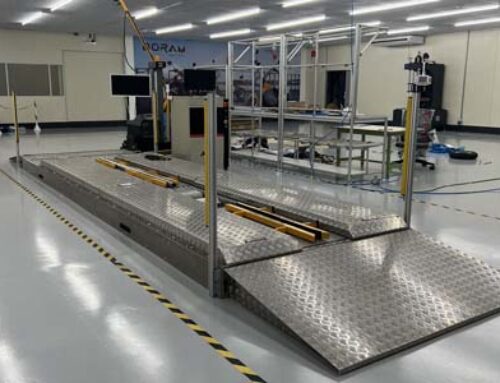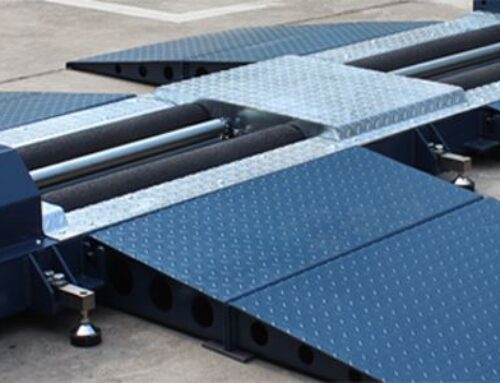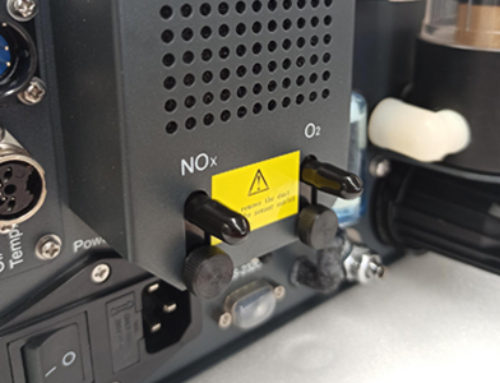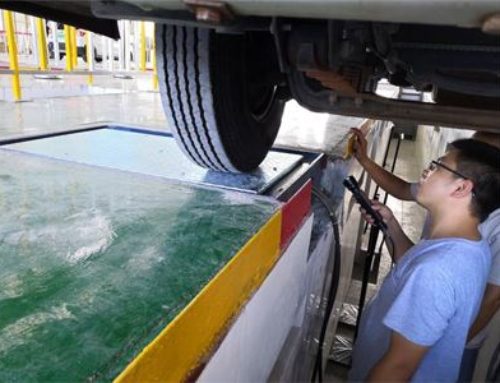As we mentioned in our last article (Why vehicles need to detect exhaust? ), based on the different fuel properties of the engine, Traditional Fuel Vehicles are divided into PIEV (Positive Ignition Engine Vehicles) and CIEV (Compression Ignition Engine Vehicles). Gasoline powered vehicles, liquefied petroleum gas (LPG) vehicles, natural gas (NG) vehicles and dual fuel vehicles, are all belong to PIEV, or called gasoline vehicles.
Listed are the conventional exhaust detection methods of gasoline vehicles (including some hybrid vehicles involving emitting harmful gases):
1. Idling Method(Idle condition):Use gas analyzer to measure the emission concentrations of CO, CO2, HC compounds and O2 when the gasoline vehicle is idling.
2. Double Idling Method(Two-speed idle conditions): Use gas analyzer to measure the emission concentrations of CO, CO2, HC compounds and O2 at high and low idle speeds of gasoline vehicles.
3. Acceleration Simulation Mode: Use chassis dynamometer to simulate the state of the vehicle under road (load) driving conditions (ASM5025 and ASM2540), and detect the emission concentrations of CO, CO2, HC compounds, NOx compounds and O2 by gas analyzer.
4. Instantaneous Mode 240(IM240 for short; Transient condition): Use chassis dynamometer to simulate the state of the vehicle under road(load) driving conditions, and detect the emission concentrations of CO, CO2, HC compounds, NOx compounds and O2 by gas flowmeter and gas analyzer, driving cycle time 240s;
5. Vehicle Mass Analysis System Mode: Use the chassis dynamometer to adopt the driving curve of variable speed and variable load (simplified transient condition) to simulate the state of the vehicle under road(load) driving conditions, and detect the emission concentration of CO, CO2, HC compounds, NOx compounds and O2 by the gas flowmeter and gas analyzer, driving cycle time 195s.
